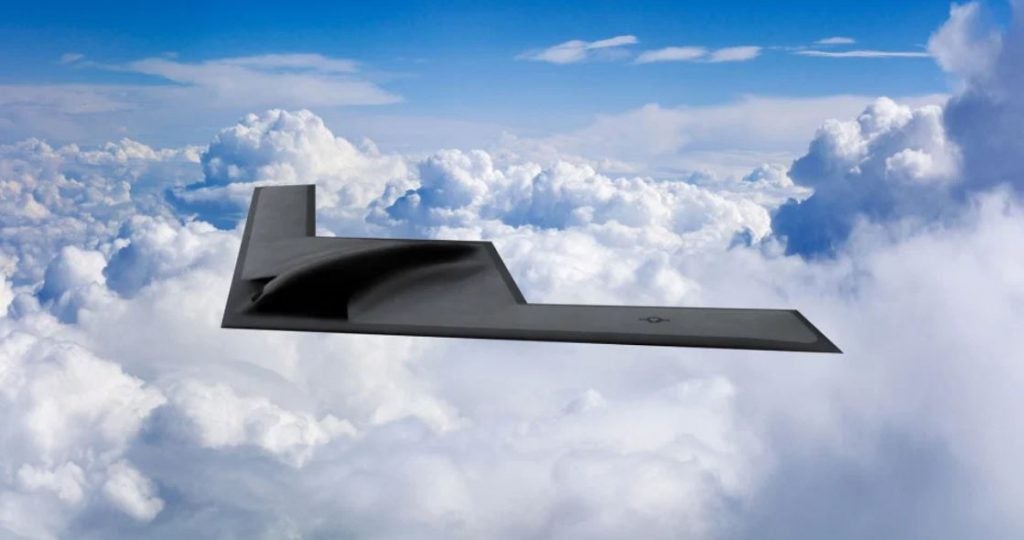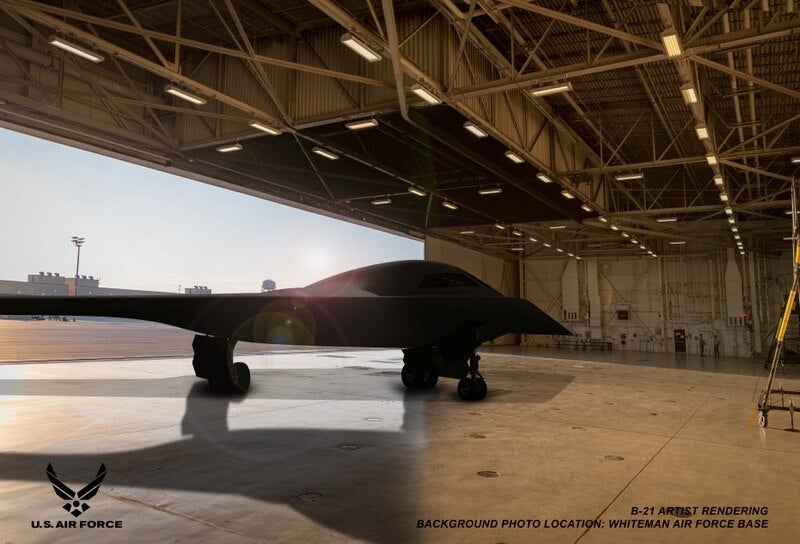U.S. Open To Discussion of Australia Operating B-21 Stealth Bombers
United States Air Force Secretary Frank Kendall, during a media briefing in Canberra alongside Royal Australian Air Force Marshal Robert Chipman, was asked by Australian Strategic Policy Institute’s The Strategist if the U.S. would allow Australia to collaborate on the development of the B-21. Secretary Kendall replied: “I think the United States, in general, would be willing to talk to Australia about anything that there was an interest in from the Australian perspective that we could help them with.”
Secretary Kendall then said that he did not consider there to be “any fundamental limitation on the areas in which we can cooperate. If Australia had a requirement for long-range strike, and I think I’d turn it over to the chief of air staff to talk about that, then we’d be willing to have a conversation with them about that.” This comes as a turn of U.S. posture from the earlier isolated development of cutting-edge military platforms like the F-22 and nuclear submarine technologies of yesteryear, and compliments the response to the changing global security situation that has seen the US work closely with Australia on the F-35 program and more recently the controversial AUKUS agreement which created channels for transfer of submarine technologies late last year.

The Northrop Grumman B-21 Raider is a stealth bomber under development for the U.S. Air Force, with a planned fleet of 175 to 200 units to be in the service. The bomber is envisioned to integrate much of fifth generation fighter technology, allowing it to serve as an intelligence gatherer and battle manager in addition to its role as nuclear deterrent and conventional stealth bomber. Development has largely avoided delays and overruns common to other defense projects, and only experienced some delays when the United States was hit with the coronavirus pandemic, before getting back up to schedule after a $80 million grant to sustain Spirit AeroSystems, one of the project’s subcontractors. While Australia does not currently have a requirement for long-range strike aircraft, with Chipman stating at the media briefing that “while we might work with the US on B-21, that’s a small part of an overall strike capability that we would need in Australia”, it is interesting to see the U.S. publicly open to discussion of significant projects like the B-21.

